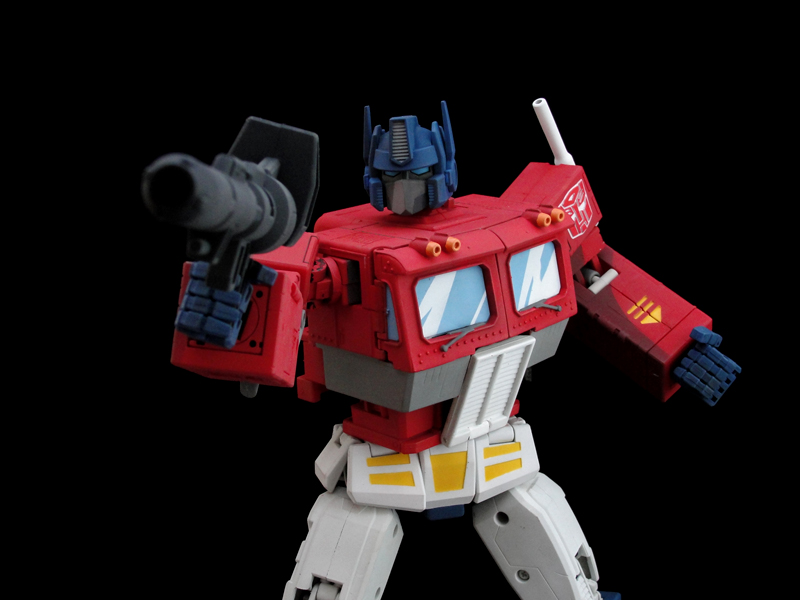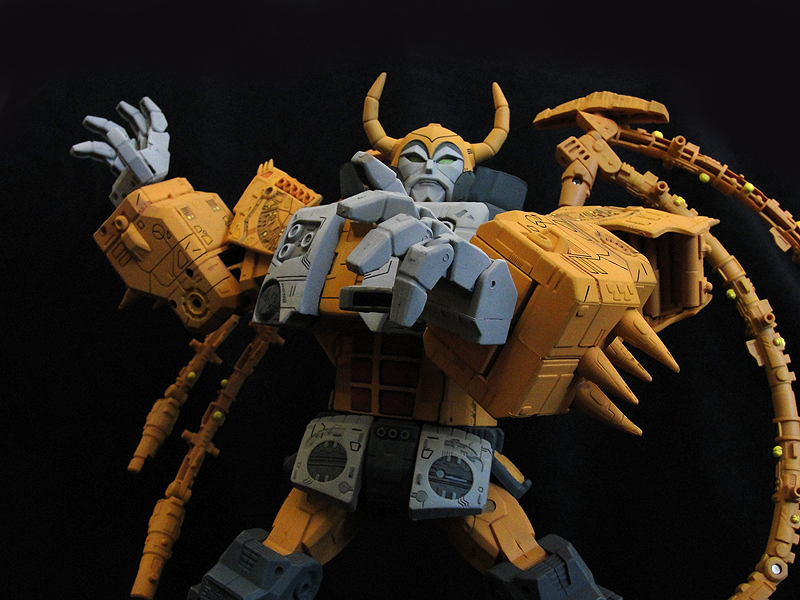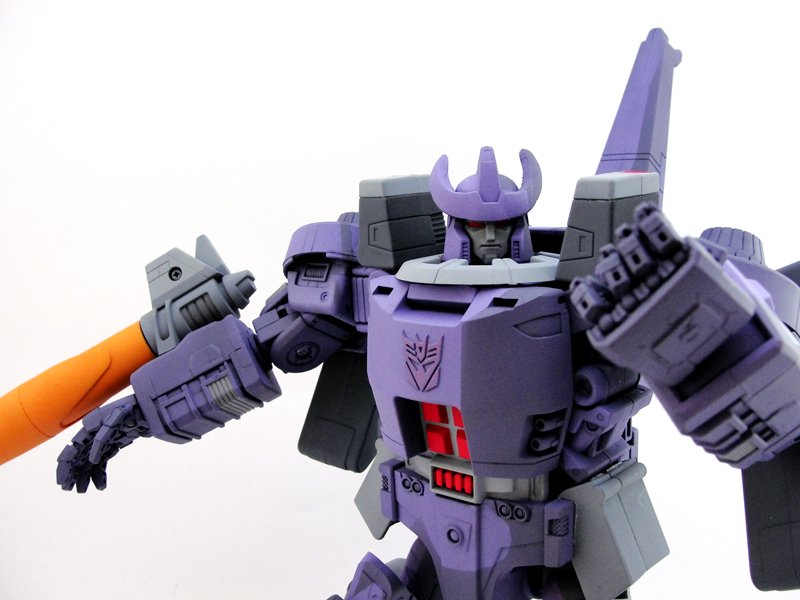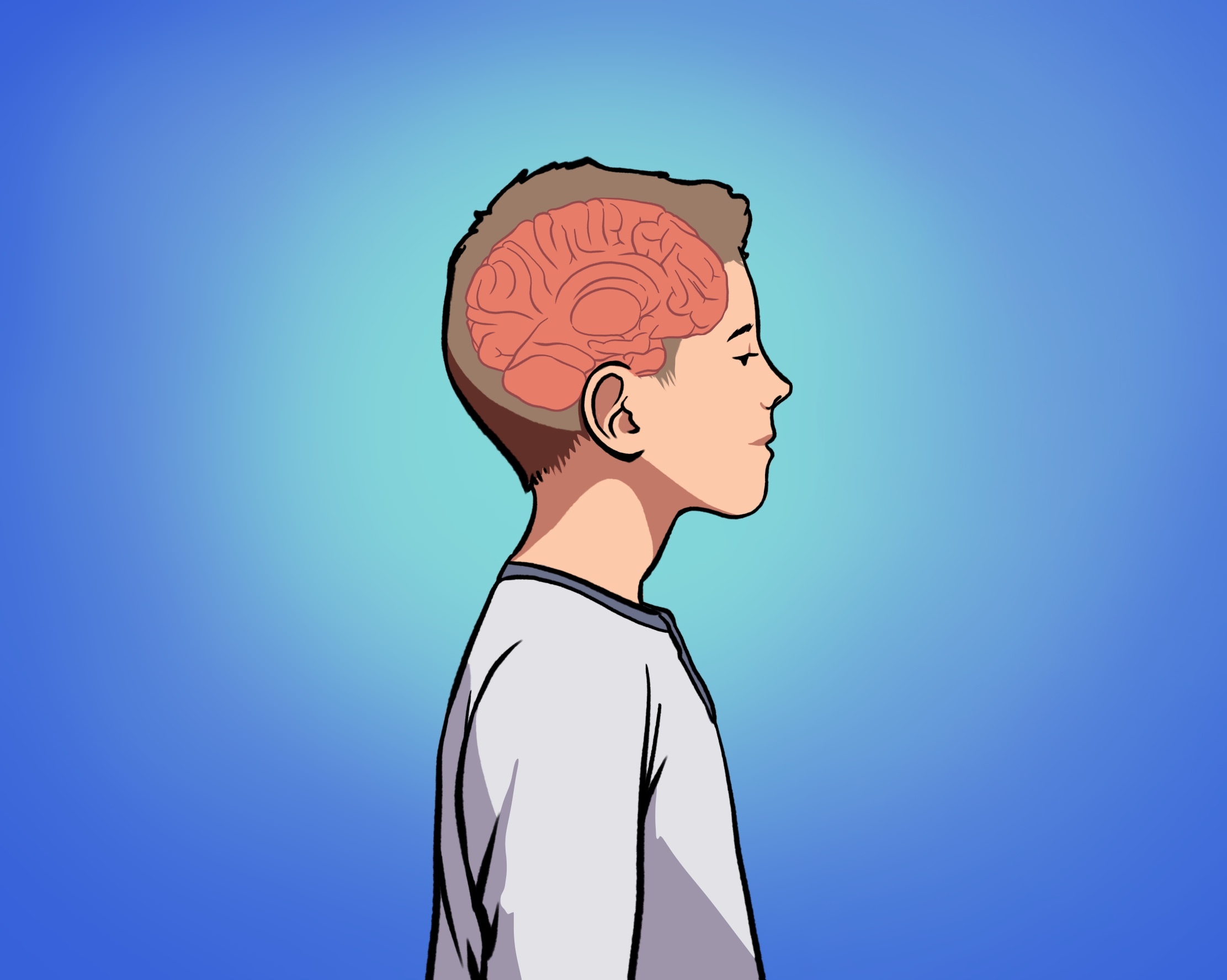This past summer, I stumbled upon a Netflix animated series, “Siege,” which featured the original characters from the “Transformers” franchise. To no one’s surprise, I geeked out, having grown up as a total gearhead. I absorbed the 1980s Generation 1 content as a lower schooler and can identify character after character with ease. The lore of this media franchise is expansive, typically following battles across the universe between the Autobots and Decepticons, two opposing factions of sentient shapeshifting autonomous robots.
Never would I trade those magical memories of playing with the action figures, reading the comics or watching Blackout transform from a Sikorsky MH-53 helicopter into a 33-foot-tall robot to open the 2007 film. However, that movie debuted more than 14 years ago, and I long ago broke the threshold designed to transition me into a phase of life more suitable for my ever-changing state. What happened instead is that I remained that child.
A couple of months after starting the series, I watched the Summer Olympic Games from a hotel with my family. How ironic, I thought, that I felt about the same age as I did nine years before. It might have been the perception of being under the same proverbial roof, following the same rules, forfeiting the same privileges of independence that I had desired for so long. In 2012, I had also watched the Olympics from a hotel room, as I was vacationing in Montréal with my family. In 2016, I was in Washington, D.C., for my cousin’s wedding. In 2021, my sister was moving into an apartment before pursuing a Ph.D. — and the rest of her twenties, I observed — starting the following month. My family spent nearly a week in New Haven getting everything settled, shuttling everyday essentials from Walmart to our hotel to the apartment.
In the first few days of the 2021 Olympic Games, I was texting back and forth with a dear friend, sharing which matches we had watched. I particularly remember watching the gymnasts and thinking how they weren’t that much older than I was. Maybe they had no more than two or three years on me. Maybe they even grew up watching “SpongeBob” too. Inevitably, my mounting insecurity about the undersea-pineapple-watching stars rose to the surface.
“Here I am, unknown to the world, and there they are, already performing on the international stage,” I said. “The sense of inadequacy is relentless.”
Being a professional athlete is a completely different life, my friend reasoned in response. “It appears to be super glamorous,” she said, “but I think there are a lot of downsides and sacrifices that just make it hard to compare.”
“That’s for sure,” I thought, for indeed, all that glitters is not gold.
In Jean Piaget’s 1932 book “The Moral Judgement of the Child,” the Swiss psychologist observed that babies sometimes would show signs of “violent rage” when toys were taken from them and given to another. Many experts call these kinds of toys “transitional objects” because they are proven to help in the transition to independence. For me, these were Transformers action figures.

Since “Siege” was the first season of a trilogy, naturally I elected to watch the second one, “Earthrise.” As the season comes to its conclusion, Optimus Prime’s arch enemy, Megatron, leader of the Decepticons, is venturing among the stars when an uninvited guest boards his spaceship. When Megatron spots the emerging mysterious figure, red eyes piercing through the shadows, he asks who he is, where he is from.
“I am from a place of only agony,” he replies.
His name turns out to be Galvatron, and he lives his days in the servitude and torture of Unicron, a planet-sized menace of a Transformer who appears to embody nothing other than chaos and destruction. Eventually, it becomes clear that Megatron and Galvatron both have motivations for hunting down Optimus Prime for his artifact of immense power, the Matrix of Leadership, which can bestow its wielder with the ability to communicate with the dead or revive the fallen.
When Optimus Prime crosses paths with Megatron and Galvatron at the end of the subsequent and final season, “Kingdom,” he is apparently faced with a choice upon the sight of a new character to the plot. This character, Nemesis Prime, can be thought of as a fallen angel. His left shoulder now sports a Decepticon badge, and what once was a multicolored paint job is now black like night. In fact, Nemesis is simply Optimus reborn — and condemned to the same agonizing future as Galvatron. How someone so full of life and virtue could end up as a corrupted machine of evil remains eerily unclear.
During a battle scene, since Optimus believes that he’s destined to become Nemesis someday, he figures that he must either join him in endeavoring to destroy Unicron with the power of the Allspark — an even more sacred artifact — or he must take a stand against Nemesis to ensure that the Allspark and its life force safely return to his home planet Cybertron, thereby succumbing to the future in which he, too, is enslaved by Unicron and becomes the foe before his eyes.

As one’s life unfolds, our possessions can start to become part of the self-concept, external nodes of memories, relationships and experiences. A souvenir, for example, might not just be a “thing,” but a physical extension of the self that represents who you were, who you are and who you will be. Unfortunately, these attachments to an object such as a rustic bracelet or an old stuffed animal are predicated on the mistaken belief that an individual will always possess that to which he is attached, supported by the additional fallacy that his ability to keep said attachments is within his control.

Independence isn’t what it used to be; the lines are blurrier than ever. So maybe what I meant to convey to my friend was that prolonged adolescence — they call it “emerging adulthood” these days — has been normalized, making it appear as though we had all the time in the world. The reality is that climate change, political division and the latest who’s who of COVID-19 variants (to name a few examples) are ever more urgent threats to the preferred state of affairs.
We don’t have all day. Especially in the wake of the recent death of Henry Orenstein — the Holocaust survivor who sought refuge in the U.S. and subsequently invented the Transformers toyline — I am reminded that there will come a moment for all of us when time’s up. That moment’s proximity remains unknown. I, too, want to achieve financial independence, vocational efficacy and more sooner rather than later. I, too, want to leave something behind. Am I impatient, then, or have my reserves of patience been strained more than they should have been?
I’ll admit it: the outline of a modern life is not conducive to faster maturation. Additionally, it’s always been true that a childhood of nourishment and enriching experiences is integral to flourishing down the line. In this country, to begin a career without some form of higher education would be absurd for many families — never mind that starting a family of one’s own in this century can be devastating for women if undertaken too early. It’s true that in the 1950s, the median age at first marriage for a man or a woman hovered around 20, but now we’re living in 2022, in which those metrics have crept to 28.7 and 26.5, respectively. Supposedly, as the world improves in some ways and worsens in others, so is our task to optimize our behavior to best fit it.
Is that it? Am I destined to conform to the trends I was born into as well? Well, to acknowledge the shifting world is one thing. To resign is another.
While endeavoring to settle disputes against his enemy faction the Autobots, Megatron is confronted with a similar thought. He starts to connect the dots from interactions over the past few episodes, arriving at the horrifying realization that he and Galvatron are, in fact, the same entity — merely from different points in time. He can’t believe it, and he continues to try to convince himself that he is the one who determines his fate.
In a brilliant climax to the final battle of “Kingdom,” Megatron turns the canon on his future self, at last asserting that he is not bound to his fate. In this manner, I hold that the world becomes more complex with each day, but ideally never complex enough for dishonest steadiness of pace to be permissible in efforts to attain responsibility, emotional depth and purpose.
